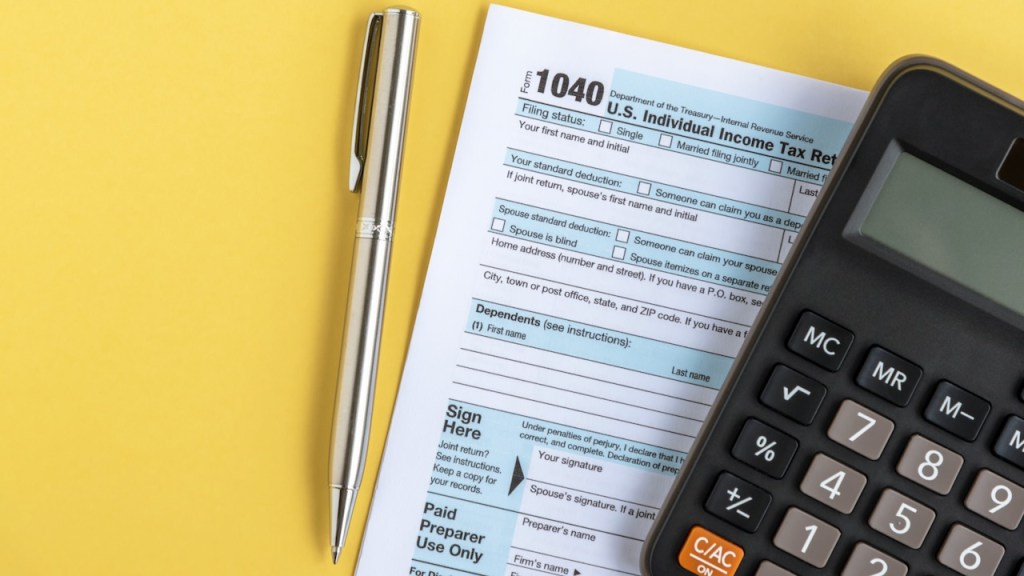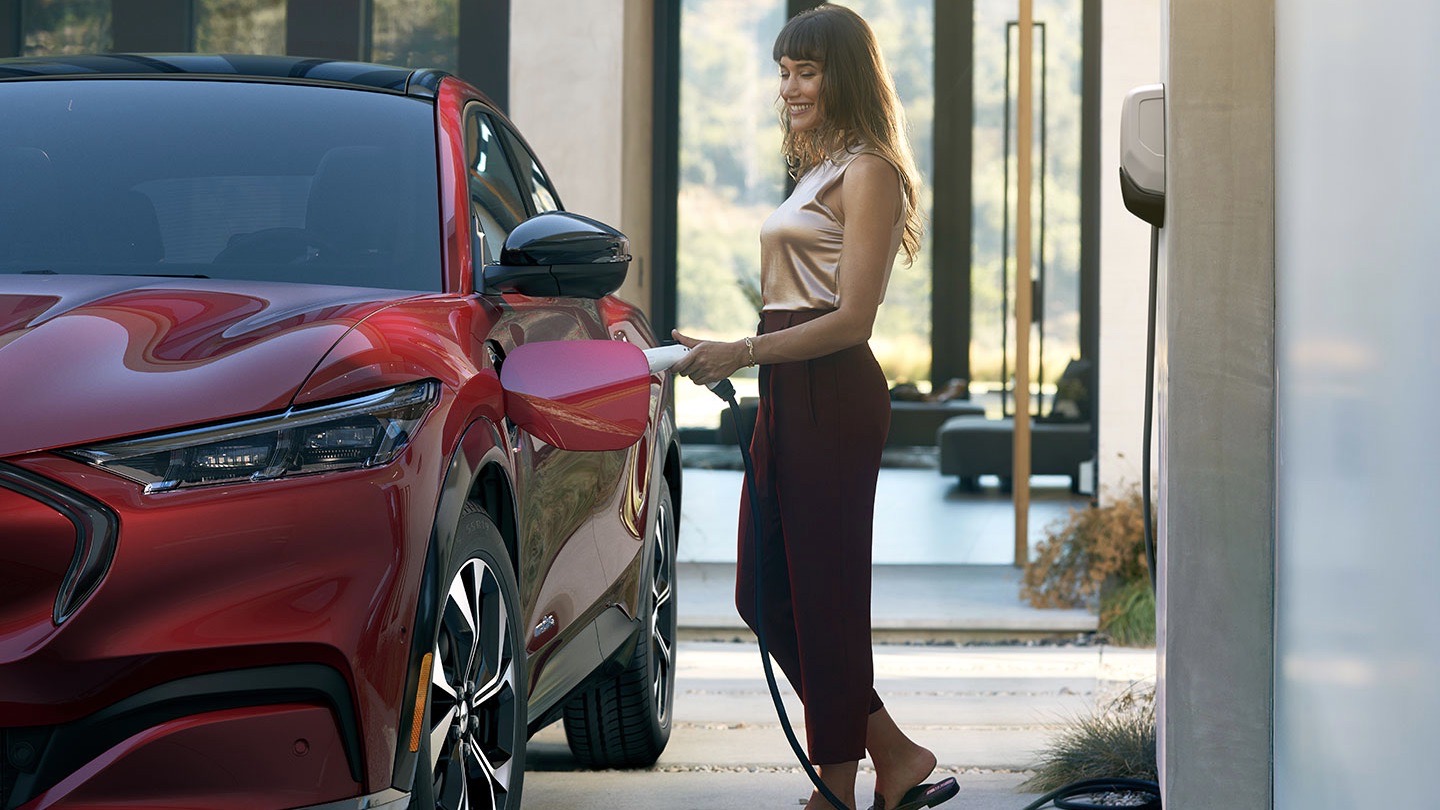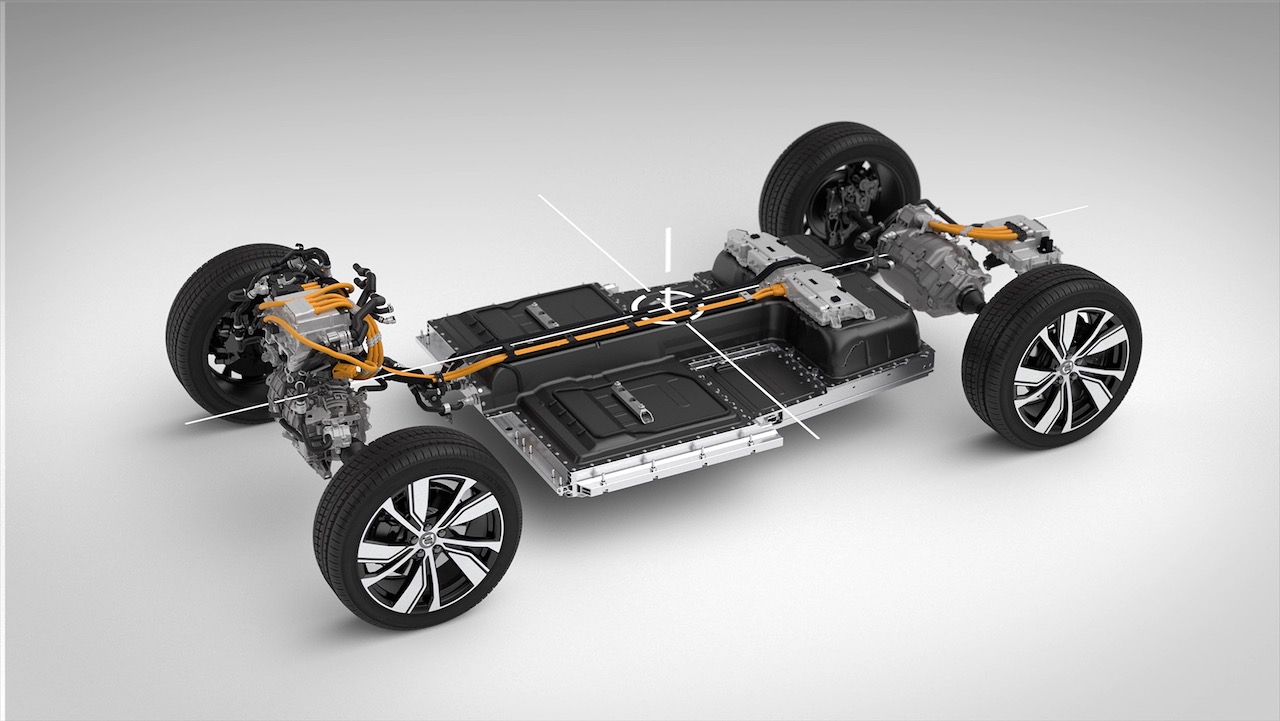After buying a house, acquiring a car is the biggest financial decision that most people will make in their lives. In the novel territory of electric vehicles, early adopters often turn into real pioneers who will lead the way to a massive adoption of emission-free cars as a primary form of personal transportation. However, because of the average customer’s inexperience with the world of EVs, some will suffer unexpected consequences of buying one. Don’t be one of them.
Those looking to buy an EV, many of them for the first time, must go beyond typical car tips like “don’t buy more car than you actually need” or “buy your car in the last few days of the month.” The EV buyer must do more thorough due diligence because of the special and novel nature of the car they are buying. If you’re in the market for an EV, make sure you’re taking into account the following factors.

Check the incentives applicable to the EV you are buying
The U.S. government wants you to buy an EV. The Obama administration instituted a $7,500 tax credit to incentivize the acquisition of electric cars. This incentive won’t last forever, though; it phases out for each automaker after it reaches 200,000 electric vehicle sales. This has already occurred for Tesla and General Motors, so none of their EVs are eligible for the incentive.
The Biden administration has proposed a broader EV incentive as part of its Build Back Better spending program. This includes an extension of the current $7,500 tax credit program plus an extra $500 if the EV’s battery was made in the United States and an extra $4,500 tax credit if the EV was assembled there using organized union labor. But so far, the passing of this plan is far from becoming a reality.
The tax credit doesn’t mean an automatic discount on the price of your vehicle. You will only be able to take advantage of it on your next federal income tax return. For example, if your income tax for the year you bought your EV is equal to or exceeds $7,500, you will be able to apply the entire credit. If it doesn’t, you will only be able to apply it up to the amount of your fiscal debt, and the rest will be lost forever. You can also get credits and incentives from your state and city, and even direct rebates from your dealer and manufacturer. In any case, consult your tax preparer to make sure you can take advantage of any EV tax credit available to the full extent allowed by your circumstances.
Finally, if you are leasing your EV, the tax credit beneficiary is the financial company leasing the car to you. In some cases, these lenders will choose to apply the credit as a discount to the price of the lease. Don’t forget to ask.

Make sure you can charge your EV at home
The ideal situation for most EV owners is finding a fully charged automobile every morning, just like you do with your smartphone. But unlike a smartphone, to get fully charged overnight, an electric vehicle needs a 240-volt electric outlet that allows for Level 2 charging of about 25 miles of range per hour of charging, which is roughly 10 times faster than you would get from a regular 120-volt outlet.
Most houses in America already have at least one 240-volt outlet, and most of these outlets have clothes dryers plugged into them. Before you bring your first shiny EV home, look for an experienced electrician to install a 240-volt extension in your garage for Level 2 home charging so that you can make sure you have all the range your EV is capable of available to you every morning.

Range is important
Chances are that the sexier and more powerful variant of the EV you like will be more expensive and have a shorter range than a less powerful option of the same car. This is OK for a majority of drivers since most current new electric vehicles, with ranges averaging between 250 to 300 miles, will fit their daily range needs.
However, it is important to keep in mind that the advertised range of a particular vehicle is only an estimate that will be affected by external factors like weather and traffic, and also by how fast you drive the car, how much you use the climate control system, and other driving habits. So before you decide on a particular model, make sure you know exactly what your range needs are. Then, buy an EV that exceeds them so you will have room for error and unexpected circumstances.

Be prepared to preserve your battery’s life
Despite the fact that their prices have been consistently falling, the battery is one of the most expensive components in any electric vehicle. According to Consumer Reports, the average price to replace a battery is $5,500, but in cases like the Tesla Model 3 replacing the entire battery pack can set you back between $20,000 and $35,000. So, you want to make sure to protect and prolong the life of your EV battery by avoiding driving your EV in extreme heat, avoiding (according to Kia) the frequent use of Level 3 charging or supercharging, not draining the battery’s entire capacity frequently, and avoiding pulling too much current over a short period of time by aggressive driving patterns.

Know your EV warranty and maintenance schedule
One of the many ways EVs save their owners money is by requiring a less rigorous and expansive maintenance schedule than regular cars. However, EVs are not maintenance-free. Before buying your first EV, be prepared to follow the required manufacturer’s maintenance schedule, because the validity of its warranty may depend on it.
Most EV batteries are covered by generous 100,000-mile/8-year warranties thanks to a government regulation that requires the manufacturers to offer such coverage, but there are exclusions related to the maintenance of the vehicle that may void this warranty. You don’t want to be stuck having to pay to replace a battery whose warranty was voided because you failed to install software or firmware updates or your car was found to be in a state of general abuse or neglect.
By following the above recommendations, you will ensure not only that the EV that is right for you will end up in your garage, but also that you will be able take full advantage of everything that clean mobility and the latest automotive engineering have to offer.



